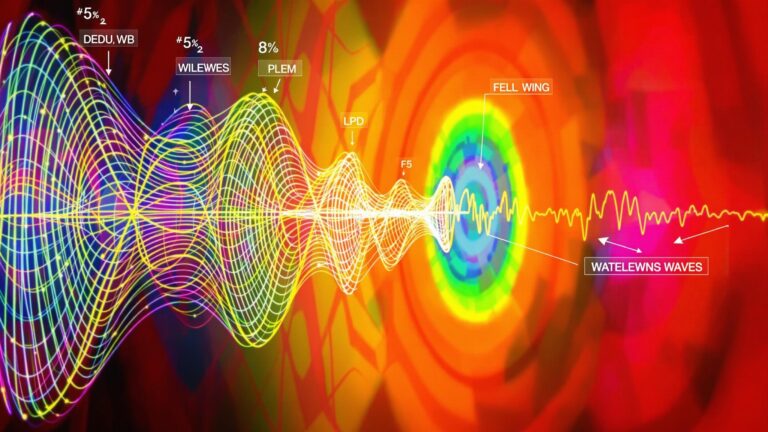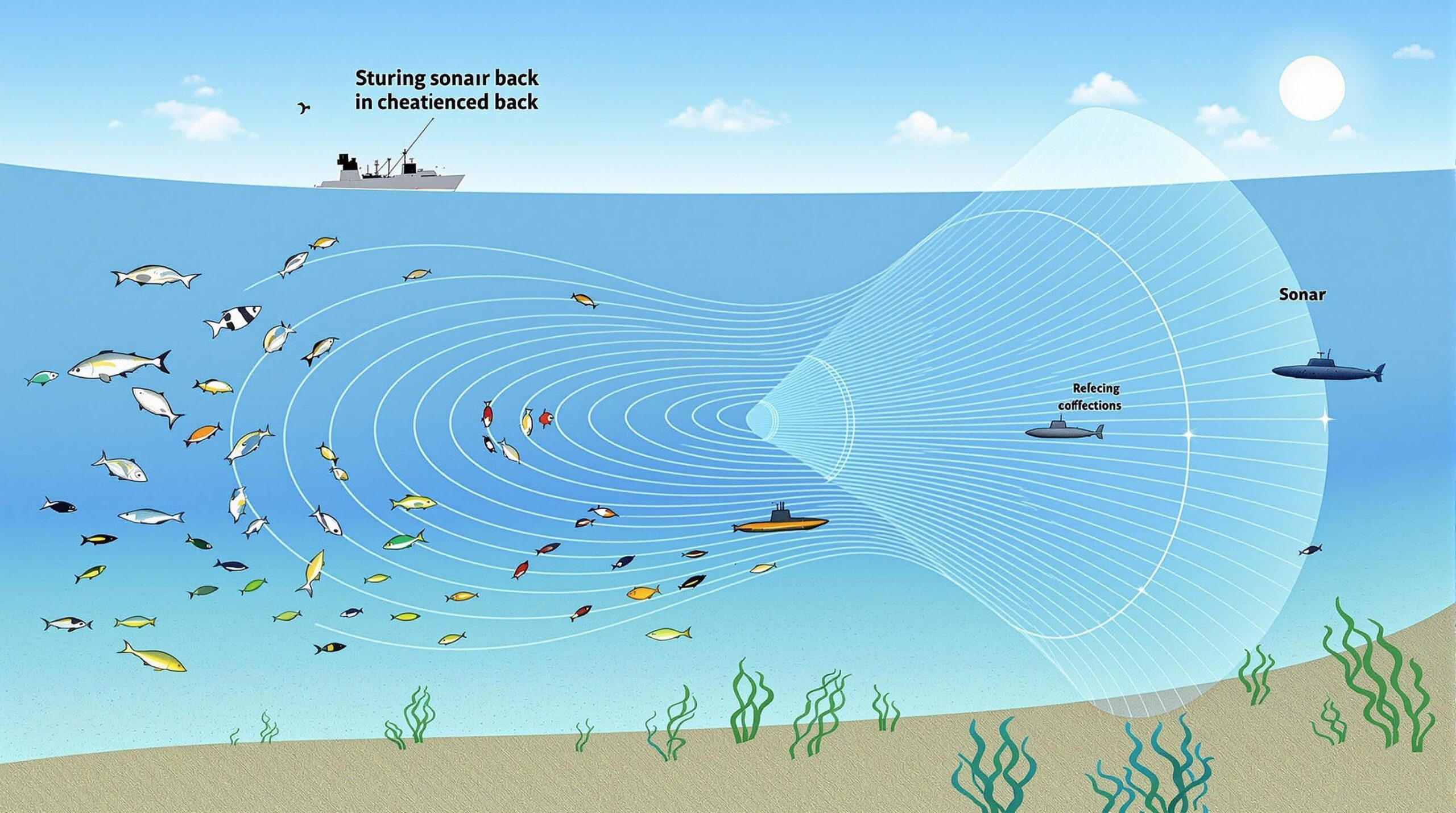Unlocking the Secrets of Sound: How Wavelength Affects Your World!
Ever wondered why some sounds are deep and booming while others are high and squeaky? The answer lies in a fundamental property of sound waves: wavelength. It’s not just a scientific term; it’s the key to understanding how we perceive sound and how it interacts with our environment.
What is Wavelength, Anyway?
Imagine dropping a pebble into a still pond. You’ll see ripples radiating outwards. These ripples are waves, and the distance between two consecutive crests (or troughs) is the wavelength. Sound waves are similar, though they travel through the air (or other materials) as compressions and rarefactions.
The wavelength of a sound wave is the distance between two consecutive compressions (areas of high pressure) or two consecutive rarefactions (areas of low pressure). It’s typically measured in meters or feet.
Wavelength and Frequency: A Dynamic Duo
Wavelength is closely related to frequency, which is the number of waves that pass a point in a given time (usually measured in Hertz, Hz). The relationship is simple: the longer the wavelength, the lower the frequency, and vice-versa. Think of it like this: if the waves are stretched out (long wavelength), fewer of them can pass by in a second (low frequency).
- Long Wavelength = Low Frequency = Low Pitch (Bass)
- Short Wavelength = High Frequency = High Pitch (Treble)
This is why a tuba produces low, booming sounds (long wavelengths, low frequencies), while a flute produces high, piercing sounds (short wavelengths, high frequencies).
Why Does Wavelength Matter?
Wavelength affects how we perceive sound in several crucial ways:
- Pitch: As we’ve seen, wavelength directly determines the pitch of a sound. Shorter wavelengths sound higher, and longer wavelengths sound lower.
- Diffraction: Longer wavelengths can bend around obstacles more easily than shorter wavelengths. This is why you can often hear the bass notes of music from a car even when you can’t see it – the long wavelengths diffract around buildings and other obstacles.
- Absorption and Reflection: Different surfaces absorb or reflect different wavelengths of sound. This is why rooms with lots of soft materials (like carpets and curtains) tend to absorb high-frequency sounds (short wavelengths), making the room sound less echoey.
Wavelength in the Real World
Wavelength plays a crucial role in many aspects of our lives:
- Music: Musicians and sound engineers carefully manipulate wavelengths to create different sounds and effects.
- Acoustics: Architects use their understanding of wavelength to design concert halls and recording studios with optimal sound quality.
- Communication: Different animals use different wavelengths of sound to communicate with each other. For example, elephants use very low-frequency sounds (long wavelengths) to communicate over long distances.
- Medical Imaging: Ultrasound uses high-frequency sound waves (short wavelengths) to create images of the inside of the body.
The Next Time You Hear a Sound…
Take a moment to consider the wavelength of that sound. Is it a deep, booming bass note with a long wavelength, or a high, piercing squeal with a short wavelength? Understanding wavelength can unlock a deeper appreciation for the science of sound and how it shapes our world.



